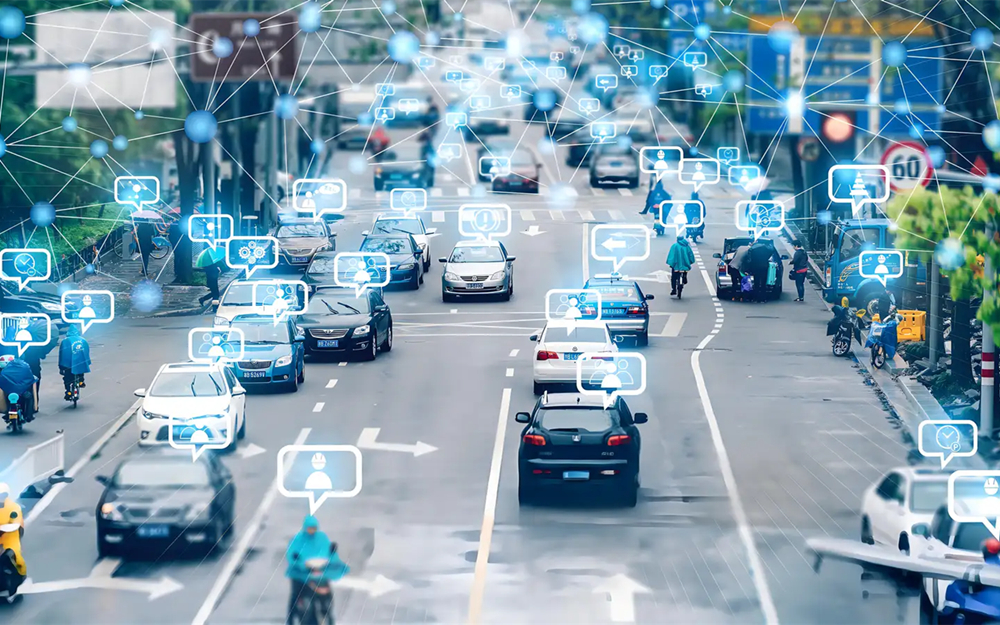Innovative Applications of Multi-Sensor Fusion Technology in Intelligent Traffic Detection
Multi-sensor fusion technology refers to the comprehensive processing and analysis of data collected from multiple sensors of different types and locations to obtain more comprehensive, accurate, and reliable information, thereby improving the performance and decision-making ability of the system. Its basic principle is similar to the process of the human brain’s comprehensive information processing. By conducting multi-level and multi-space information complementation and optimal combination of data from multiple sensors, it makes full use of the advantages of multi-source data to achieve more accurate perception and understanding of the target object or environment.
Multi-sensor fusion technology has the following significant advantages:
Improve information accuracy: Different sensors have different measurement principles and characteristics. By fusing data from multiple sensors, the limitations of a single sensor can be compensated, measurement errors can be reduced, and the accuracy and reliability of information can be improved.
Enhance system robustness: Multi-sensor fusion technology can increase the redundancy of the system. When a certain sensor malfunctions or is interfered with, other sensors can still operate normally, ensuring the normal operation of the system. This redundant feature makes the system more resistant to interference and robust, improving the system’s reliability in complex environments.
Expand the perception range and dimension: Different sensors can perceive different types of information. By fusing data from multiple sensors, the perception range and dimension of the system can be expanded, and more comprehensive environmental information can be obtained.
Improve decision-making efficiency: Multi-sensor fusion technology can quickly process and analyze data from multiple sensors, providing a more abundant basis for system decision-making, thus improving the efficiency and accuracy of decision-making. In intelligent transportation systems, by fusing information such as traffic flow, road conditions, and weather, traffic signal control strategies can be adjusted in real-time, traffic flow distribution can be optimized, and road traffic efficiency can be improved.
In the field of intelligent transportation, data collection is the basis for effective management and control. Multi-sensor fusion technology is crucial for improving the comprehensiveness and accuracy of traffic data collection. Cameras, radars, LiDAR, etc. are commonly used sensors in intelligent transportation, each with its own characteristics and limitations. Cameras can capture rich image information and are used to identify vehicles, pedestrians, etc., with high resolution. However, their performance is greatly affected by lighting and weather conditions. In harsh environments, the image quality deteriorates, and the accuracy of target identification decreases. Radars detect the information of target objects by transmitting and receiving electromagnetic waves. They can work all day and night and have high accuracy in detecting vehicle speed and distance. However, they have low resolution and limited ability to identify target objects. LiDAR emits laser beams to obtain 3D information, with high resolution and accuracy, providing key support for autonomous driving. However, it has a high cost and is sensitive to ambient light. Multi-sensor fusion technology integrates data from different sensors to achieve information complementation. For example, the combination of cameras and radars can more accurately identify and track vehicles; the fusion of LiDAR and cameras can achieve more precise environmental perception, and redundant information can also be used to improve data reliability and ensure the normal operation of the system when some sensors malfunction.

